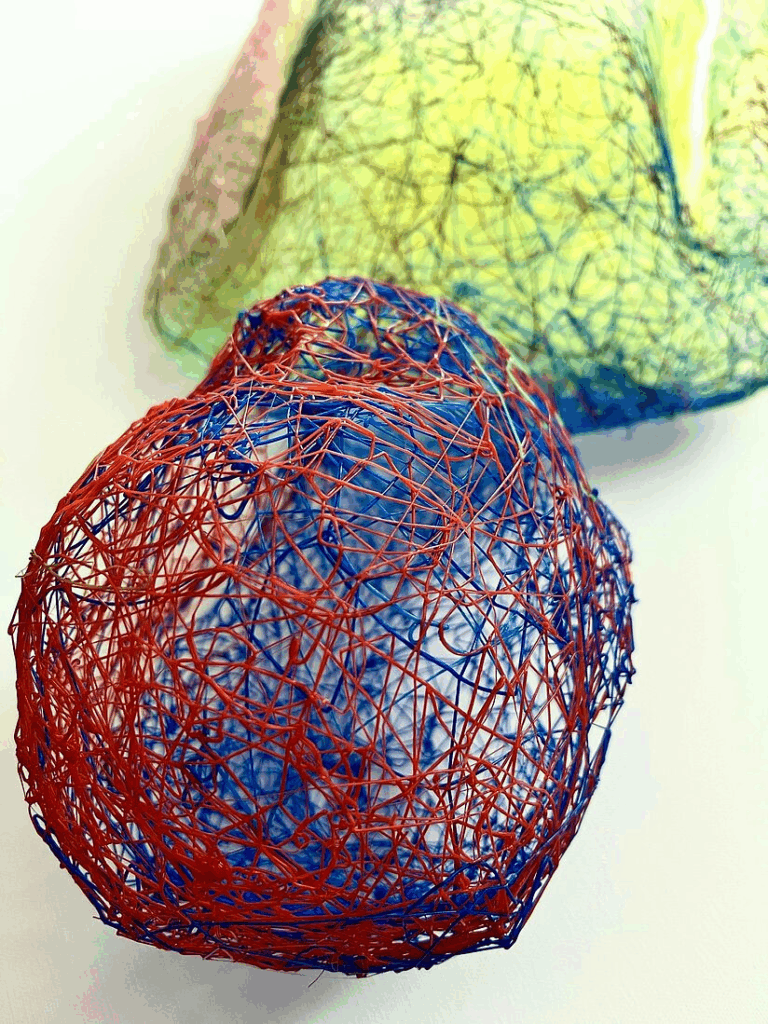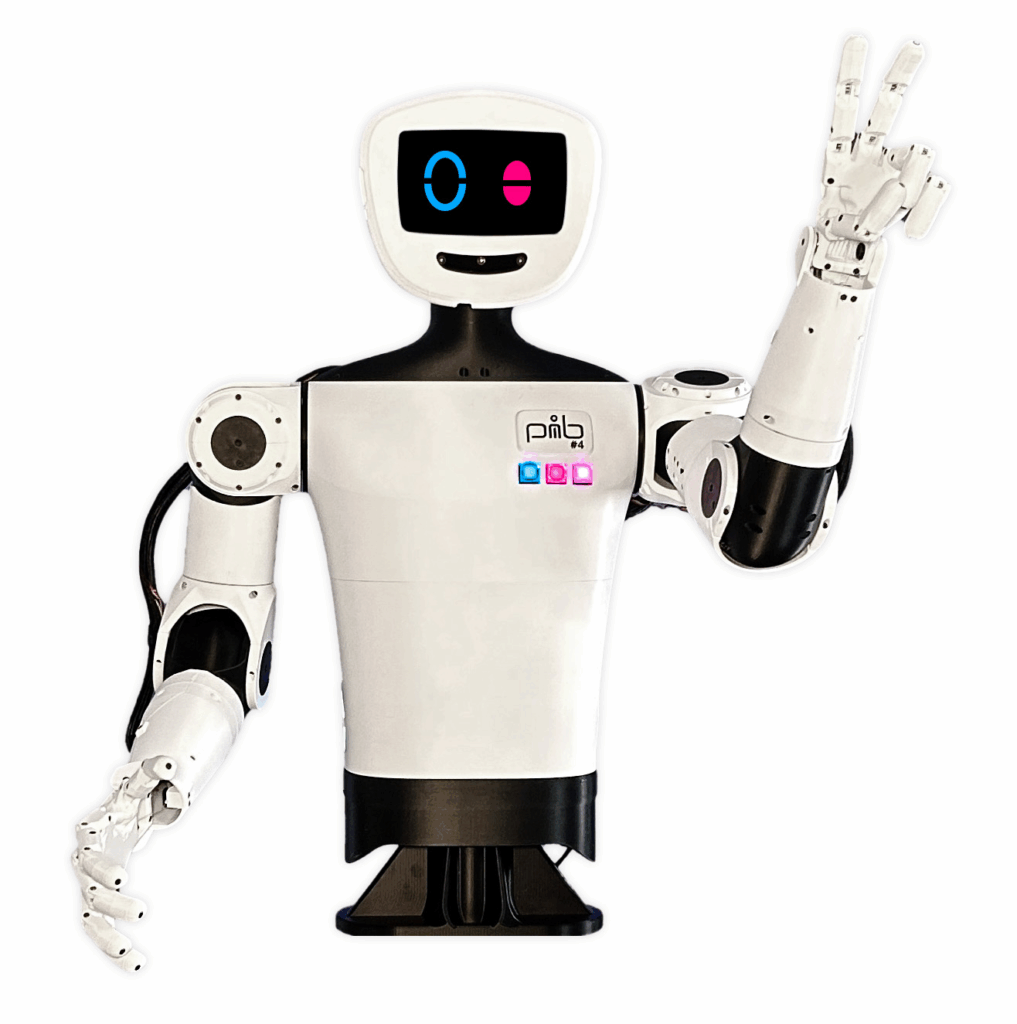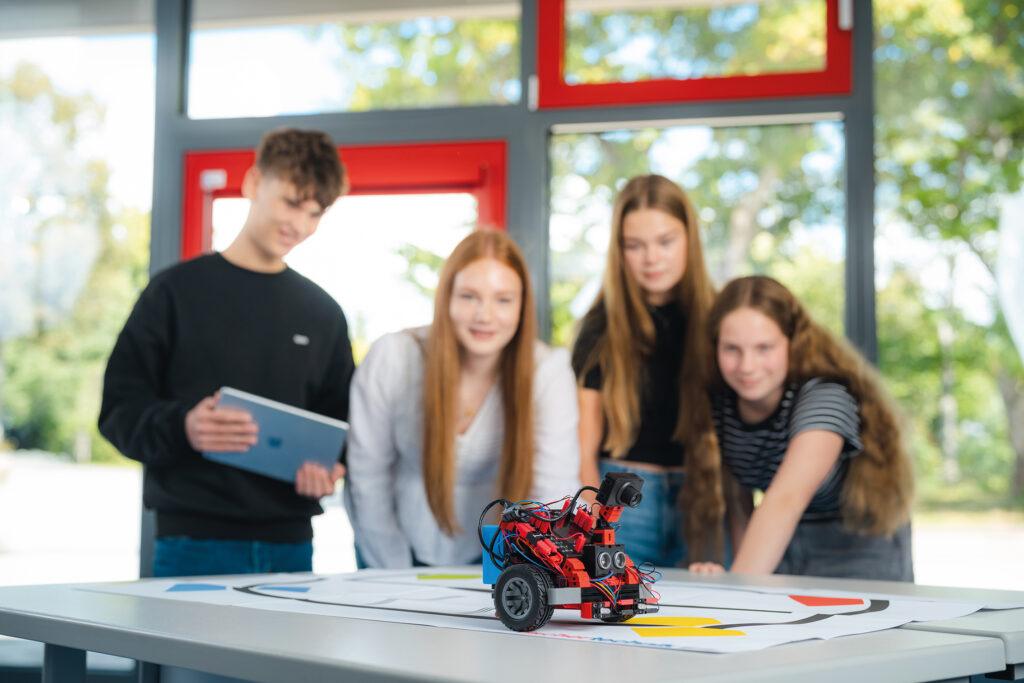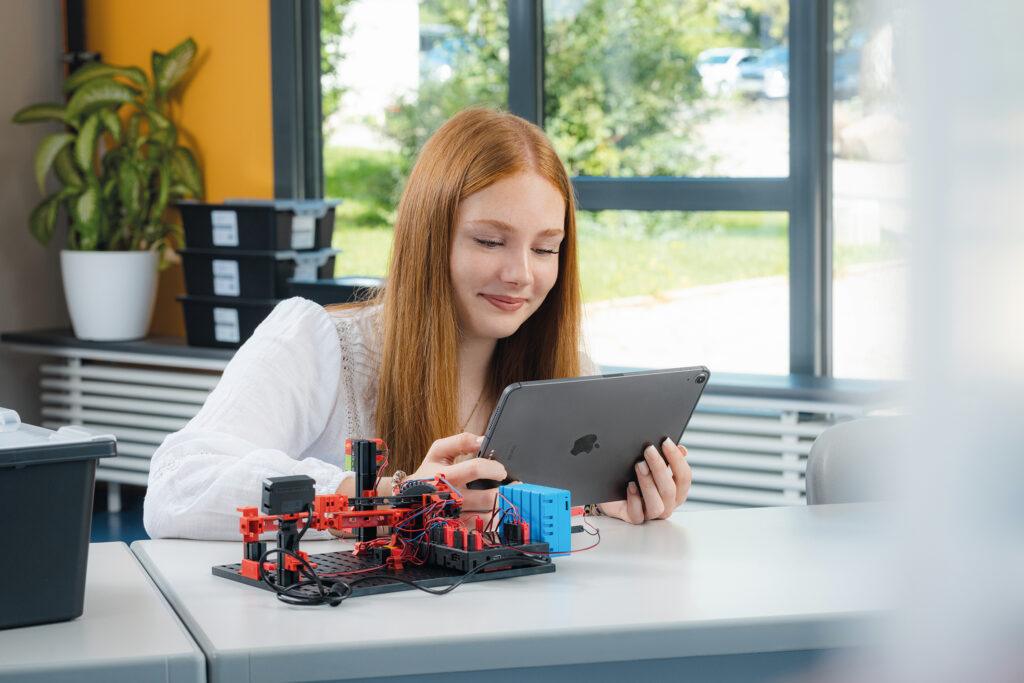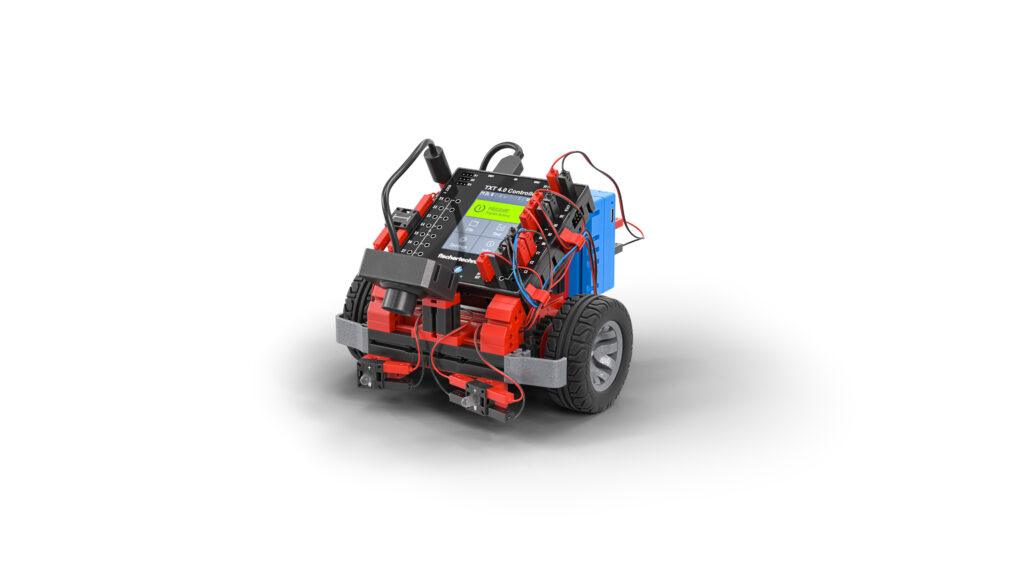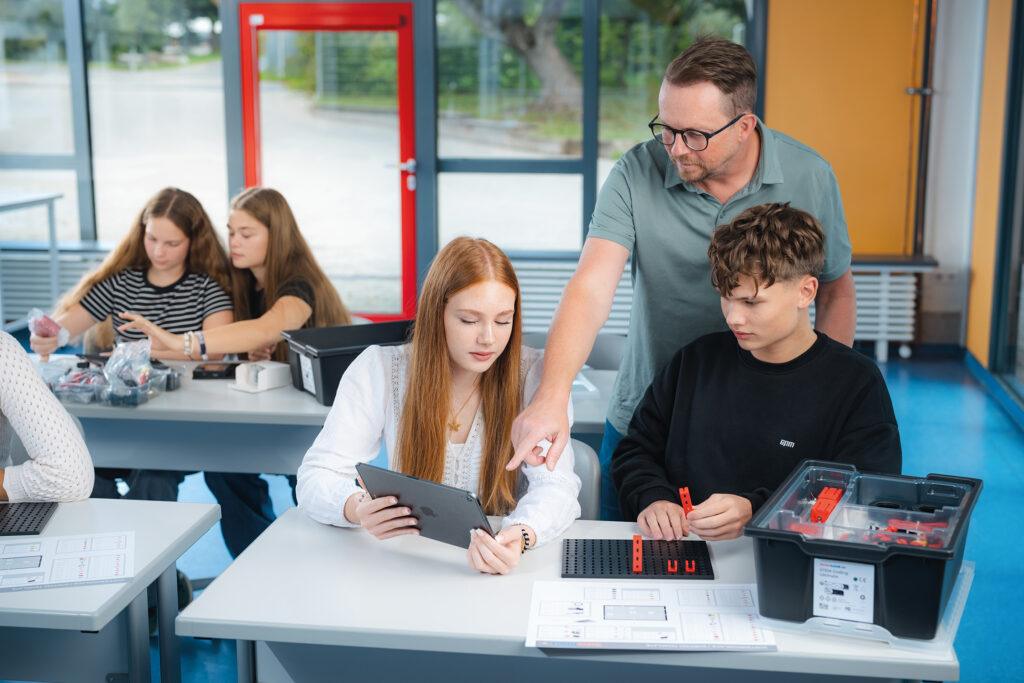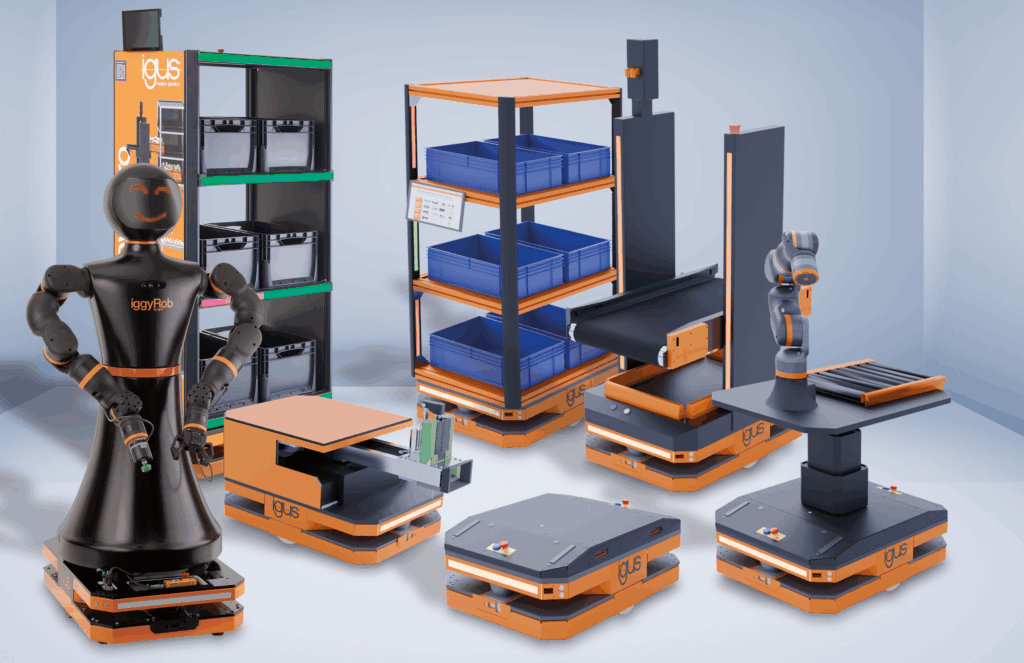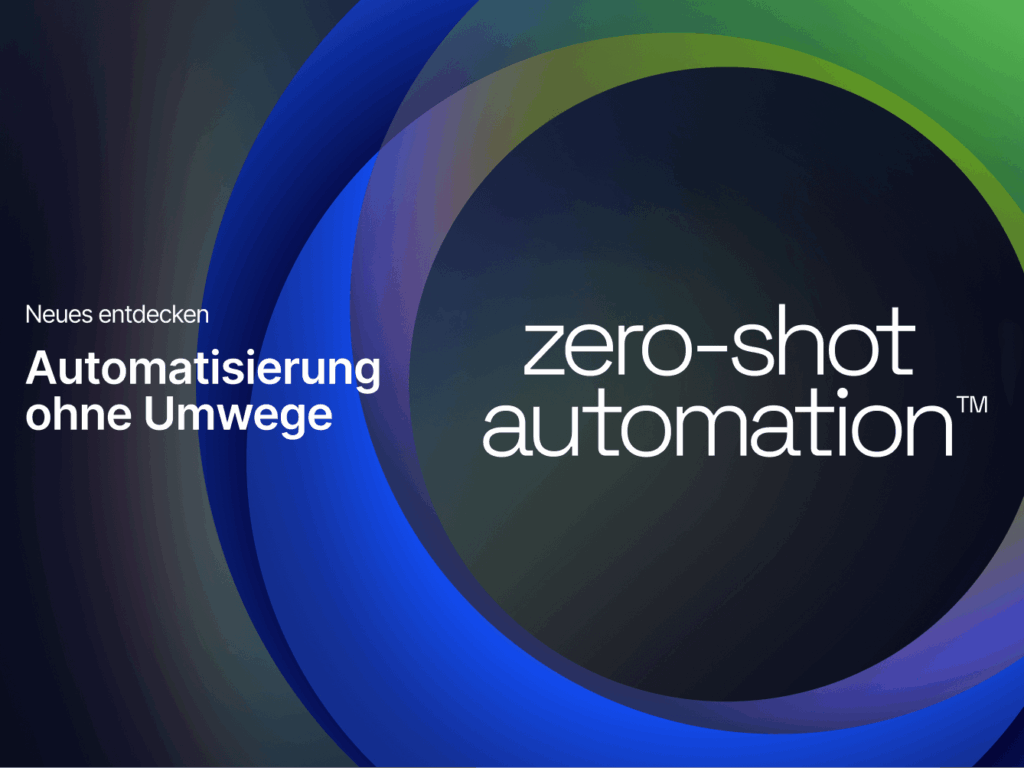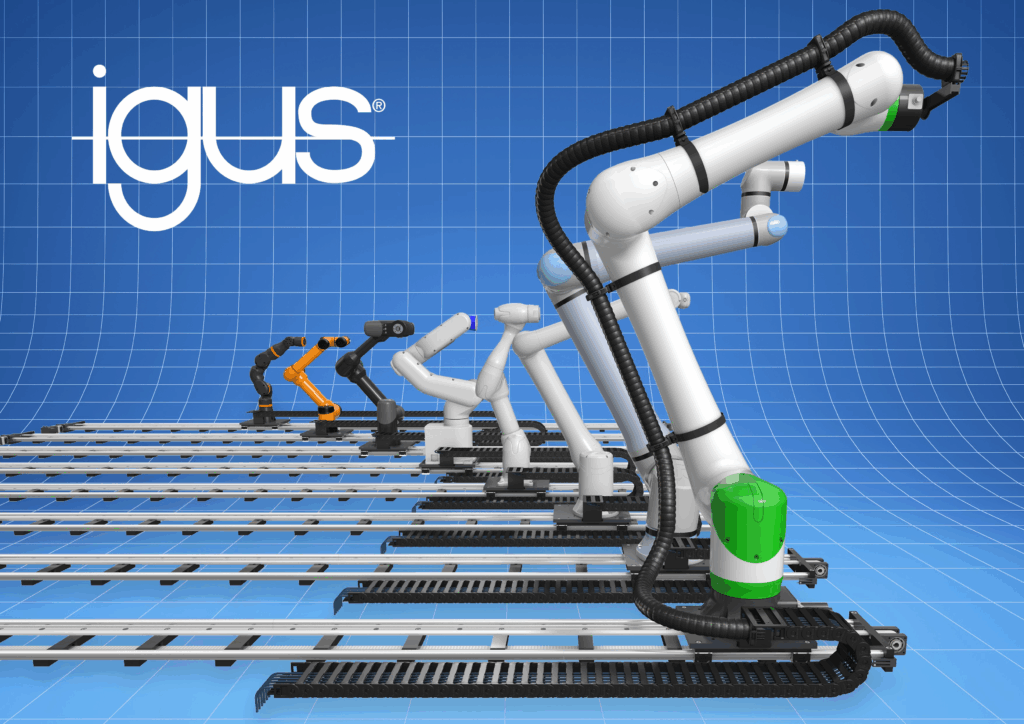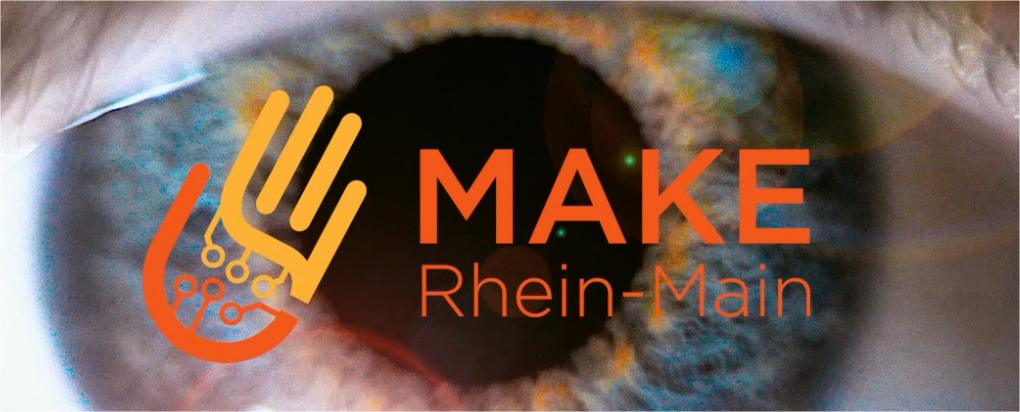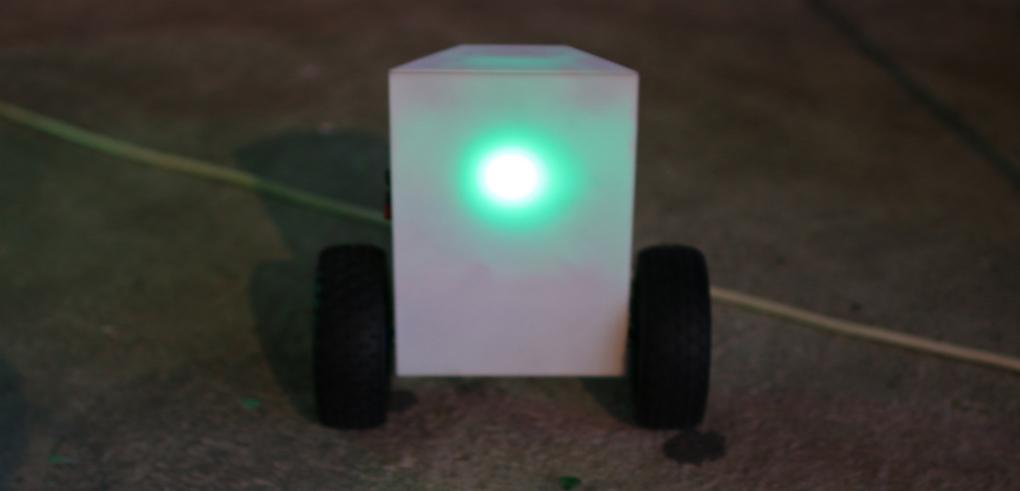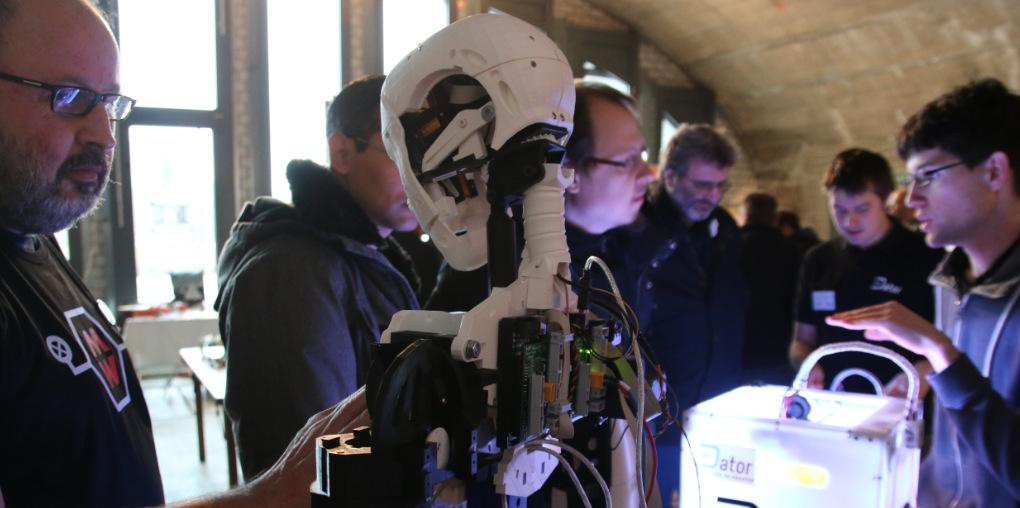Maxtronics kündigt die Rückkehr des humanoiden Roboters NAO an und stellt damit die kontinuierliche Verfügbarkeit einer der wichtigsten Bildungs‑ und Forschungsplattformen im Bereich humanoider Robotik im deutschsprachigen Raum sicher. Mit der Übernahme von Vertrieb, Service und Schulungsangeboten erhalten Bildungseinrichtungen, Hochschulen, Forschungslabore und Einrichtungen im Gesundheitswesen wieder einen verlässlichen Ansprechpartner rund um NAO.
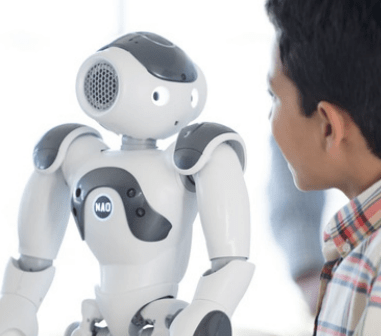
Geschichte des NAO
NAO wurde Mitte der 2000er‑Jahre vom französischen Robotikunternehmen Aldebaran Robotics entwickelt und 2006 erstmals der Öffentlichkeit vorgestellt. 2007 wurde NAO zur offiziellen Standardplattform des RoboCup und entwickelte sich in den folgenden Jahren mit mehreren Generationen (unter anderem NAO Next Gen, NAO Evolution und NAO V6) zu einem der bekanntesten humanoiden Roboter für Bildungs‑ und Forschungszwecke weltweit.
Mit der Übernahme von Aldebaran durch die japanische SoftBank Group wurde NAO Teil von SoftBank Robotics und international weiter ausgerollt. Später ging das europäische Robotikgeschäft mit NAO und dem Schwesterroboter Pepper schrittweise an die deutsche United Robotics Group über, die Aldebaran wieder als Marke positionierte und NAO vor allem als Service‑ und Bildungsroboter in Europa einsetzte.
Warum der Vertriebswechsel stattfand
Im Zuge strategischer Neuausrichtungen reduzierten frühere Eigentümer ihr Engagement im Bereich humanoider Robotik, stellten Produktionen teilweise ein und fokussierten sich stärker auf andere Geschäftsfelder. Dies führte dazu, dass der Marktauftritt von NAO geschwächt wurde und für viele Anwender Unsicherheit hinsichtlich Verfügbarkeit, Ersatzteilen und technischem Support entstand.

Gerade Bildungseinrichtungen und Forschungslabore sind jedoch auf eine langfristig verfügbare und betreute Plattform angewiesen. Durch die entstandene Lücke in Vertrieb und Service fehlte vielerorts ein zentraler, verlässlicher Ansprechpartner. Maxtronics setzt genau hier an, übernimmt den strukturierten Vertrieb von NAO im deutschsprachigen Raum und stellt mit klar definierten Service‑, Wartungs‑ und Schulungsleistungen die nachhaltige Nutzung der Plattform sicher.
NAO heute: Profil und Einsatzfelder
NAO ist ein interaktiver, autonomer und vollständig programmierbarer humanoider Roboter mit menschenähnlicher Gestalt, vielfältiger Sensorik, Kameras, Mikrofonen und zahlreichen Freiheitsgraden. Die Plattform ermöglicht realistische Mensch‑Roboter‑Interaktionen und wird weltweit zur Vermittlung von Programmierung, Robotik, Künstlicher Intelligenz und sozialer Interaktion eingesetzt – von Schulen und Hochschulen über Labore bis hin zu therapeutischen und pflegerischen Einrichtungen.

Durch die lange Marktpräsenz von NAO existiert ein breites Ökosystem aus Software‑Bibliotheken, Lehrmaterialien, Forschungsprojekten und Best‑Practice‑Szenarien. Maxtronics knüpft an dieses Ökosystem an und unterstützt Anwender dabei, bestehende Installationen weiterzuführen und neue Projekte aufzubauen, ohne die Plattform wechseln zu müssen.
Rolle und Leistungen von Maxtronics
Im Rahmen des „Comeback“ von NAO übernimmt Maxtronics im deutschsprachigen Raum:
- Beratung, Konfiguration und Lieferung neuer NAO‑Systeme für Bildung, Forschung und Therapie.
- Technischen Support, Wartung, Fehlerdiagnose, Ersatzteilversorgung und Reparaturkoordination für bestehende NAO‑Flotten.
- Schulungen, Workshops und didaktische Begleitung für Lehrkräfte, Forschende und therapeutische Fachkräfte, um NAO sinnvoll in Unterricht, Forschung und Praxis zu integrieren.
Damit schafft Maxtronics neue Planungssicherheit für alle, die NAO bereits einsetzen oder künftig nutzen möchten, und stärkt die Rolle von NAO als stabile, zukunftsfähige Plattform in der humanoiden Bildungs‑ und Servicerobotik.
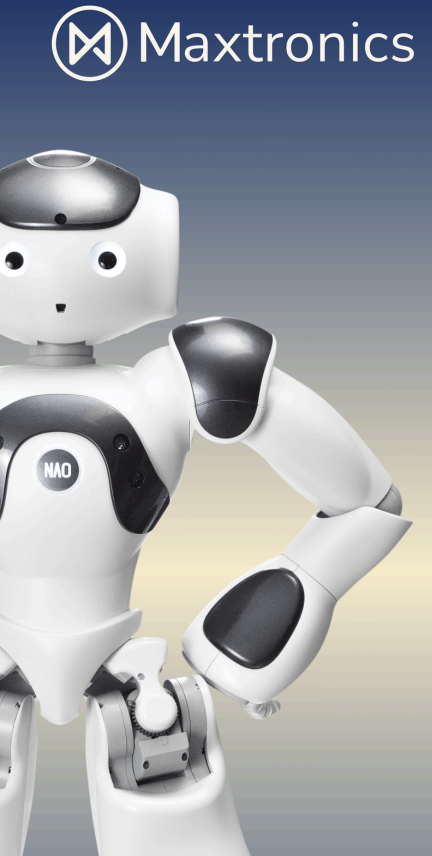
Unternehmensprofil
„Mit der Wiederbelebung von NAO geben wir Schulen, Hochschulen, Forschungseinrichtungen und Therapiepartnern die Sicherheit zurück, auf eine etablierte humanoide Plattform setzen zu können – heute und in Zukunft“, erklärt ein Sprecher von Maxtronics. NAO soll als Schlüsseltechnologie dienen, um Robotik‑ und KI‑Kompetenzen praxisnah aufzubauen und gleichzeitig innovative Anwendungen in Inklusion, Assistenz und Therapie zu ermöglichen.
Über Maxtronics
Maxtronics ist ein auf humanoide und edukative Robotik spezialisierter Anbieter. Das Unternehmen vertreibt den humanoiden Roboter NAO für professionelle Anwender in Bildung, Forschung und Gesundheitswesen und bündelt langjährige Erfahrung in Robotik‑Integration, Schulung und Service. Ziel von Maxtronics ist es, Anwendern eine stabile, verlässliche und langfristig verfügbare Plattform für anspruchsvolle humanoide Robotikprojekte zu bieten.


